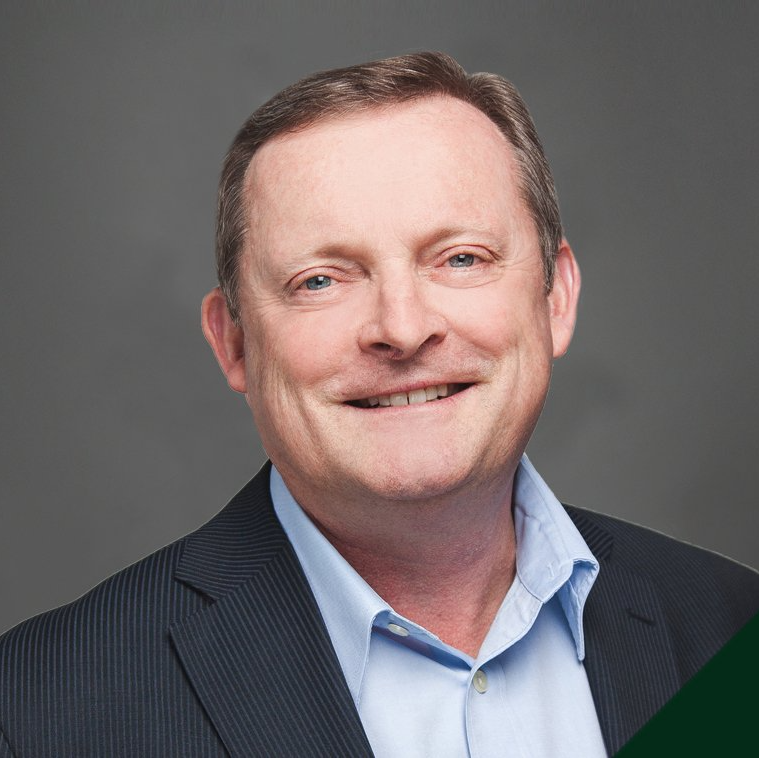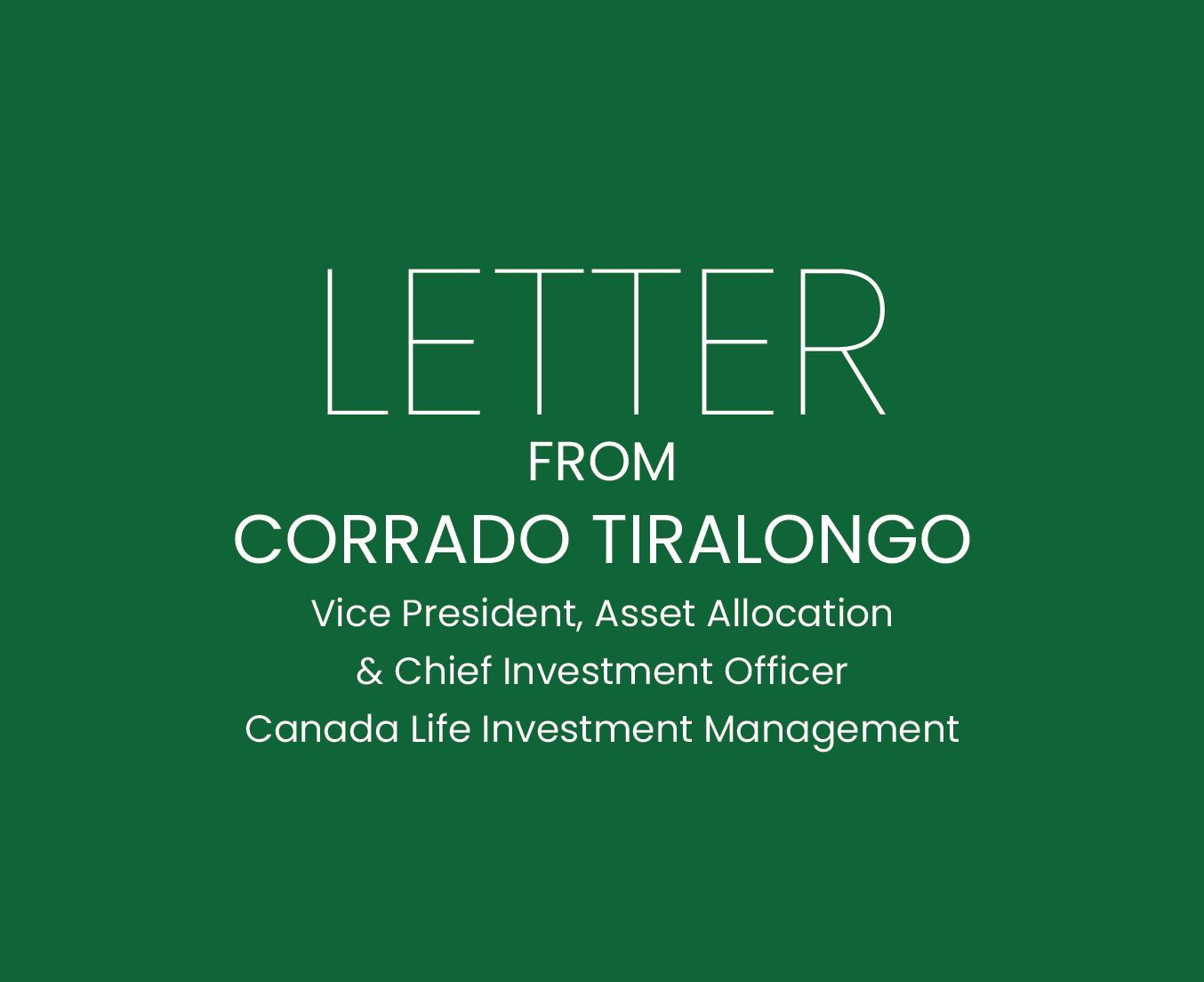Doug’s Perspective: “The key to working with a planner is the advice you get on an ongoing basis. It’s important to understand all the ins and outs before you take action. That’s where a planner can help – you only retire once, and I’ve walked hundreds of clients through these questions.”
Retirement success hinges on finding answers to “three big questions,” says IPC financial advisor Doug Hopkins of Milton, Ontario. They are:
- When can I retire?
- Will I outlive my money?
- How much can I spend in retirement?
For many Canadians, the global COVID-19 pandemic added urgency to these questions. Doug says that he’s prepared about 80 retirement plans for clients since the start of the pandemic – a sign of just how much the pandemic has changed people’s views on retirement.
Here’s how Doug helped his client, Pauline Dunning, find the answers to her Big Questions.
Pauline’s question: Can she “pull the trigger” and retire early?
Pauline, 56, had always expected to retire at about age 65. She enjoyed her work as a physician in a hospital and always thought of medicine as providing the flexibility to work beyond the traditional retirement age of 65.
The COVID-19 pandemic, however, changed all of that. Virtually overnight, Pauline’s job became much more demanding and stressful. Suddenly, the idea of retirement moved from the back burner to the front, as Pauline wondered whether retiring earlier than age 65 might be possible, providing a solution to her stressful situation. So, she got in touch with Doug to consider her options and opportunities.
The Plan: Evaluate Retirement Income Projections and Re-evaluate Investment Strategies
Based on her new goal to retire earlier than she had originally thought, Doug prepared a retirement income plan for Pauline. Pauline’s income in retirement will come from her hospital pension, Canada Pension Plan and Old Age Security, and her managed investment portfolio. Her financial plan accounts for all these income sources and considers when Pauline should start receiving her work pension, Canada Pension, and Old Age Security benefits.
Running retirement planning scenarios for Pauline with an earlier retirement date provided a surprising result: she could afford to retire four years ahead of plan – at 60 – without part-time work or risking running out of money. This answers Pauline’s Big Questions. Thrilled, Pauline opts for this plan.
Based on Pauline’s needs, Doug allocates most of her investments to longer-term growth, including her Tax-Free Savings Account. This allows her to have a portion of her portfolio continue to grow and earn higher potential returns over the longer term.
In the next four years, Doug and Pauline will monitor her spending carefully to make sure her plan projections are accurate. Then, once she starts retirement, they will meet each year to determine if she needs to make any changes and to ensure she’s withdrawing from her investment portfolio as tax-efficiently as possible.
Process & Personalization in Retirement Income Planning Matters
In Doug’s experience, while the process of creating a retirement plan may be similar for everyone, the plans themselves must always be personalized. “Your retirement plan is based on your goals, dreams, hobbies, and answers to questions about what you want your retirement to look like – you can’t generalize from one person to the next,” he says.
He follows a tried-and-true process, starting with a discovery phase. This means working through questions like whether his clients want to continue living in their current home or if they plan to move. How will they spend their time? Will their expenses increase, fall, or stay about the same? With this information nailed down, Doug and his clients can prepare an estimate of their desired cash flow in retirement.
Then, Doug and his clients take a careful inventory of all their assets and expected sources of retirement income, from property to pensions and government benefits such as the Canada Pension Plan and Old Age Security.
The final step is to bring together a client’s retirement cash flow needs and assets to develop a retirement income plan. Doug prepares two projections: one that shows his client what retirement might look like if they spend as planned, and another that establishes the maximum amount they could sustainably spend each year until age 100. In some cases, these two approaches don’t differ very much, but in others, they show how a client might be able to spend more than they expected.
Pauline’s insight: “With new information about my retirement schedule, I feel as if a load has been lifted from me. I don’t have to keep working until age 65 and can retire early on my own terms. Working with Doug has shown me how retirement has an emotional side as well as a financial side, and it’s important to take care of both.”

Investment Planning Counsel



